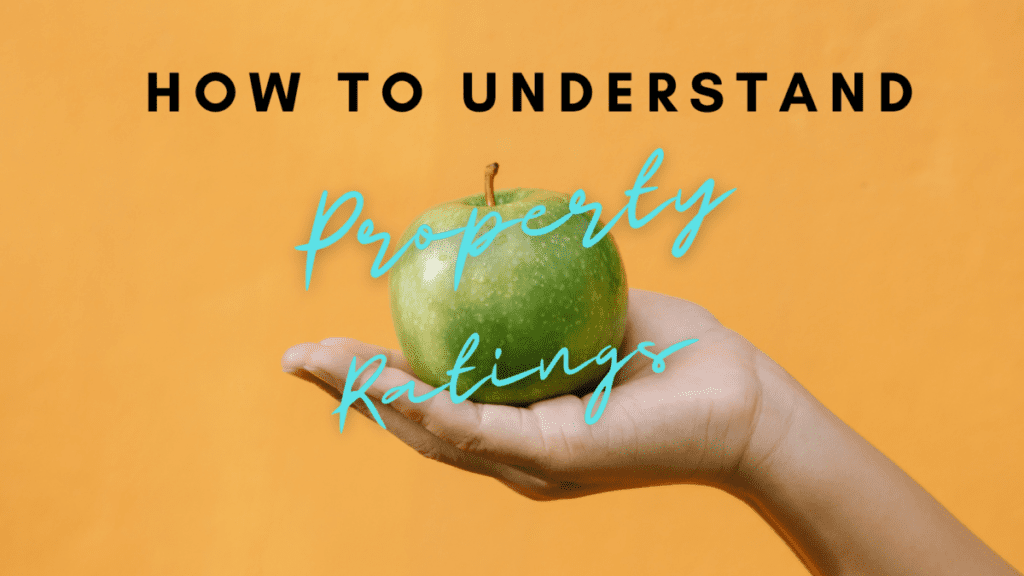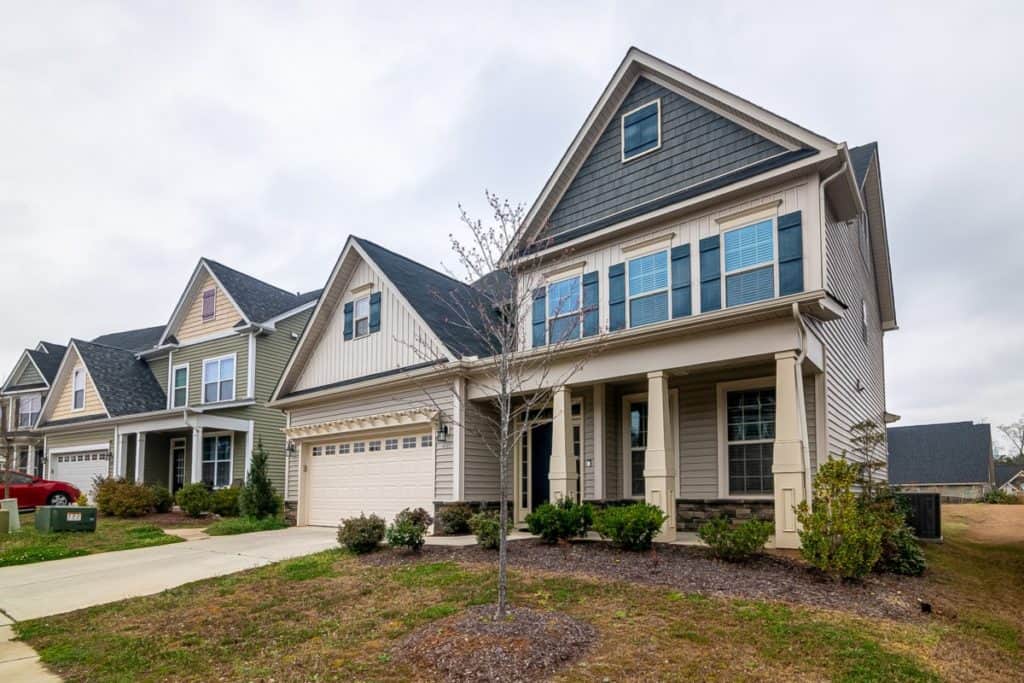
The real estate sector classifies all types of properties as Class A, B, or C. It’s essential that you consider a property’s rating before investing. It determines your risk and the possible return on your investment.
The Different Ratings and Their Meanings
Real estate properties are graded according to their physical and also geographical characteristics. Factors that are considered include the age and location of the property, amenities, the income levels of the tenants, and growth prospects for rental income.
Class A

Class A properties are the new buildings with high-quality finishes. They also attract the tenants that can afford to pay the highest rent. Class A buildings are professionally managed. Their vacancy rates are also usually low. .
An example of a Class A real estate property is an office building situated in a desirable location with amenities, such as restaurants, gyms and co-working spaces.
Class B

Class B properties are usually older than Class A properties. The rental income is also lower, and the tenants have a lower income.
The buildings are generally well maintained and can be upgraded through renovations. The interior and finishings are average and the building has fewer amenities.
An example of a Class B real estate property is an older office building that may need renovation to meet the needs of the modern work environment.
Class C

These properties are often older than 30 years and could need extensive renovations. They are sometimes located in run-down areas and have the lowest rental income rates.
Benefits of the Different Property Ratings
The property ratings each have their own levels of risk and reward.
Class A Benefits
These properties tend to attract higher-quality tenants that are able to pay high rent. It’s also easier to sell this property. Class A properties are the safest options to add to your investment portfolio. But they offer lower returns (since they typically have much less risk).
This real estate property class may not be such a good investment during a recession. Higher-income earners can lose their jobs and you will lose your high quality tenants since they will be looking to downsize their lifestyles.
Class B Benefits
Class B properties are riskier investments than Class A, but you can buy them at lower prices (in exchange for higher risk/yield). As the new owner, you could renovate the building, get higher quality tenants, and increase the rent.
If you have a value add strategy, you can achieve greater returns with a Class B property investment.
Class C Benefits
Class C properties are the riskiest investments. They could offer big returns, especially if they are in a good location.
If you renovate the building and add value in easy places, such as repainting the exterior, renovating the parking lot, adding modern signage, or basic landscaping, it can be upgraded to a Class B building.
Final Thoughts
Ensure you understand the level of risk and returns of the different property ratings before you invest.
Class A provides less risk for a lower return and can be the right option for you if you want to preserve your capital. This can also be a sensitive investment during a recession when unemployment increases since people are forced to downsize and cut costs.
Class B and C properties will initially give you a higher yield in exchange for a higher level of risk, but the value of your investment can increase if you renovate the properties. If you are a younger investor with a higher risk appetite, this will be a good starting point for your portfolio in order to start building wealth rather than preserving it. Here is a book that I highly recommend all investors and brokers to read in regards to How to Analyze Any Single-Family, Multifamily, or Commercial Property.

Before you go, check out my list sharing the 7 Essential Books for Beginner Real Estate Investors
